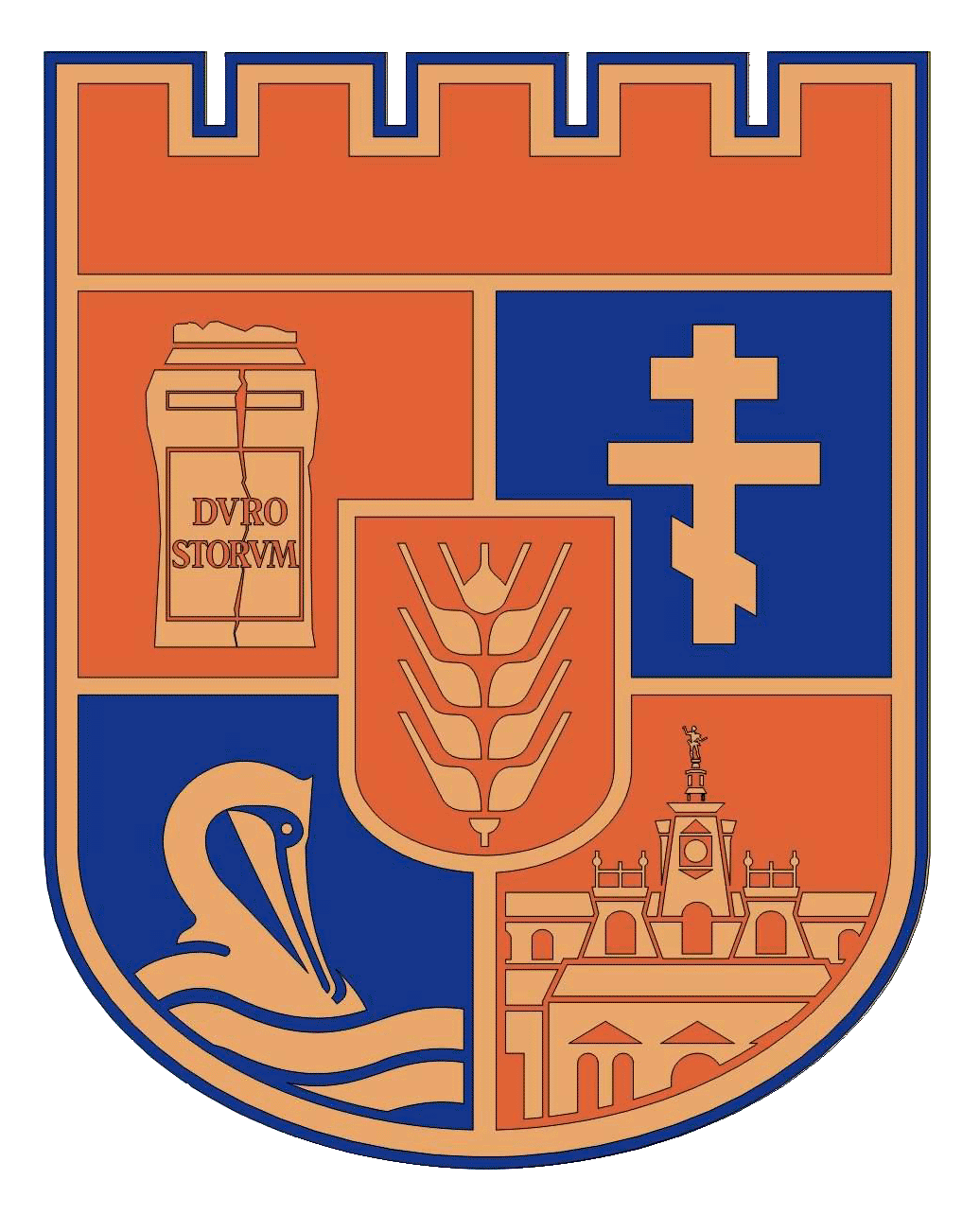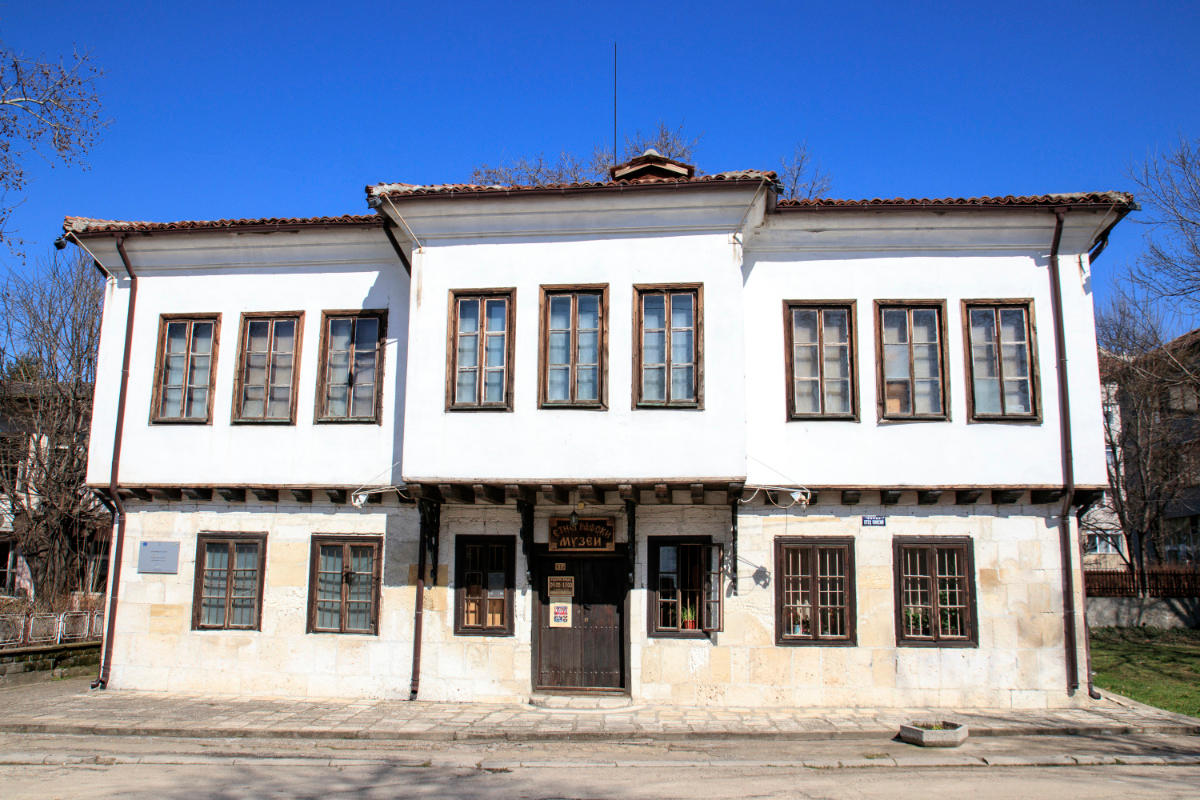Ethnographic Museum
Category MuseumLOCATION
The Ethnographic Museum is located at Otets Paisiy Street, Silistra, Silistra Municipality. It is located 429 km away from the capital Sofia. There is a bus three times a day leaving from the Sofia Central Bus Station to Silistra, as well as a train three times a day from the Sofia Central Railway Station.
DESCRIPTION
The Ethnographic Museum in Silistra was opened in 1967. It is housed in a building dating back to the middle of the XIX century - a former Turkish police building.
The exhibition area is located on an area of 300 sq.m. in 10 rooms. It consists of artifacts from the lifestyle and culture of the people from the Dobroudja region and Silistra from the middle of the XIX century until the beginning of the XX century.
HISTORY
The exhibition of Ethnographic Museum in-Silistra is housed in the building of a former Turkish Konak, known as the Konak of Ibrahim Pasha, as it was built during his rule. The construction began in 19 century and ended around the Crimean War of 1853-1856.
After the Liberation, the building continued to perform administrative functions, and housed the Silistra Regional Authority, and was the center of the local government until 1913 when, for political reasons, South Dobrudzha passed under the rule of Romania.
The first and second Romanian occupations of Southern Dobrudja (1913 - 1916 and 1919 - 1940) put an end to all cultural and educational events of the Bulgarian population, including the museum work in Silistra. Much of the archaeological objects in the city, exposed outdoors, were taken by the withdrawing Romanian troops.
The accession of South Dobrudzha to Bulgaria under the Craiova Treaty in 1940 created conditions for the rise of cultural life and the revival of the museum as an institution. As soon as the Bulgarian authorities were established, the idea of establishing a museum in Silistra was launched. This idea took place on October 19, 1941 when local public figures, mainly teachers, lawyers and prominent community centers, created a Historical - Ethnographic Museum in Silistra. The charter of the museum was adopted as well. It was governed by the teacher Zhechko Rusev.[1]
In 1961 the building was redeployed for the needs of the National Museum - Silistra. The restoration and preservation of the building for the Ethnographic Museum started in 1965. The exhibition was opened on 27.11.1967 and is the third time for a specialized ethnographic exhibition after the National Ethnographic Museum - Sofia and the National Ethnographic Museum - Plovdiv.
The building is a monument of culture, according to an established list of NICC with the reference No. 4262 of 29.11.1984, in which under number 63 is recorded: Konak, now Ethnographic museum on 37 Otets Paisiy Str.
Museums in Bulgaria are cultural establishments under the methodical guidance of the Museums, Galleries and Fine Arts Directorate. Museums in the country are divided into national, government-run (eg the Zemen Monastery); (such as the Gotse Delchev Historical Museum) and private ones (for example, the Ethnographic Museum "Madjarova House" in the village of Arda). The museums include historians, archaeologists and ethnographers, and lately specialists with a specialty "Museum work", which is revealed in some Bulgarian universities.
The town of Silistra is one of the first towns in Bulgaria to start museum activities. The museum was established on 18 November 1898 as a school session at the State Pedagogical School in the city. In 1951 the museum was converted to state institute. It was declared a professional cultural institute and was directly subordinate to the People's Council. In 1959, it was declared a district museum and since July 2006 it functioned as a regional museum. The main fund of the museum contains more than 50,000 cultural assets. Its main activities are the preservation, exhibition and promotion of movable cultural assets, the material and intangible cultural heritage, the study of the history of the city and of Dobrudja.
The credit for creating the first museum in Silistra and Dobrudja belongs to the teachers from the State Pedagogic School in the town. By Protocol No. 9 of November 18, 1898, the school's council adopted a decision to build a museum. Its status was approved on 11 January 1899 by the Minister of National Enlightenment Ivan Vazov. The museum was housed in one of the school rooms. It displayed coins and other archaeological objects found in Silistra, which were transmitted voluntarily by students, teachers and citizens. Dobrudja folk costumes, old books, manuscripts and others were also preserved. The first person in charge of the museum is the history teacher Todor Ikonomov, a native of Oryahovo, who graduated from the Sofia University (Sofia University "Kliment Ohridski").
SITE SIGNIFICANCE
The main fund of the museum contains about 50 000 cultural and historical values. Its main activities are the preservation, exhibition and promotion of movable cultural assets, the material and intangible cultural heritage, the study of the history of the city and of Dobrudja.
VISITOR INFORMATION
Schedule
May - October
From Tuesday to Saturday - 09.30 - 12.00, 12.30 - 17.00
Day off - Sunday and Monday
October - May
From Monday to Friday - 09.30 - 12.00, 12.30 - 17.00
Holiday Day - Saturday and Sunday
Entrance fee
For Students and Pensioners - BGN 1.00
For adults - 2.00 lv.
Discussion - 2.00 leva
Contacts:
086 / 831,142
museumsilistra@abv.bg
SITE CLASSIFICATION
Historical site / Institution of Memory
[1] Museumsilistra.com <http://www.museumsilistra.com/index.php/2-uncategorised/1-regionalen-istoricheski-muzei-silistra > (23.04.2018)




